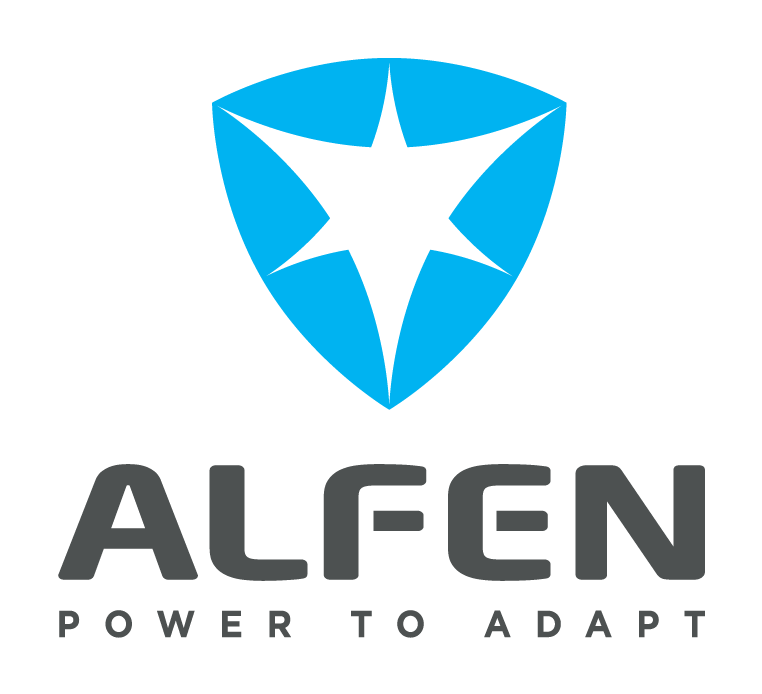Different charging methods
This article describes the different methods of charging an EV.
With electric vehicles there are a number of different ways to charge your car’s battery pack. You’ll be faced with deciding on normal or fast charging methods and different connector types. Furthermore, the charging speed will depend on which particular EV you own, its battery capacity and what sort of charging system you are using.
Let’s look at the three categories or types of charging:
Trickle Charge
The slowest method of charging your EV at home, using a standard (three-prong) 230V plug. This is only recommended in urgent cases, when you have low battery charge and cannot drive to a public station or access an AC wallbox at home. Always use this charge solution with caution and discuss with your electricity provider before first use.
AC Charge
The most common and recommendable home charging option. It provides charging through a 230V outlet which allows charging 3 to 4 times faster than Trickle Charge using AC Household Charging. It takes around 6 to 8 hours to fully charge a 40 kWh battery car. Requires the installation of a dedicated EV charging wallbox which should be installed and fitted by a trained electrician. Ideal if you have a garage or driveway where it can be positioned. AC chargers can also be found in public places.
| EVE Single Pro-Line | Twin4 |
DC Charge
This is the fastest way to charge your EV, usually at a public DC Fast Charging station with power from 30kW and higher. With this method you can recharge your car’s battery from 20 to 80% in approximately 40 minutes.


